ศิลปิน: Peter Paul Rubens
สไตล์: Baroque
หัวข้อ: Characters
เทคนิค: Oil
One of the Marie de' Medici cycle's painting; In The Negotiations at Angoulême, Marie de' Medici genially takes the olive branch from Mercury, the messenger god, in the presence of both of her priests, as she gives her consent to have discussions with her son concerning her clash to his governmental direction. Rubens uses several methods to portray Queen Marie in precisely the light that she wanted to be seen, as her young son's guardian and wise advisor. Enthroned on a pedestal with sculptures of Minerva's symbols of wisdom and two putti holding a laurel wreath to represent victory and martyrdom, the representation of Marie de’ Medici is quite clear. Her humble, yet all-knowing gaze conveys the wisdom that she holds. She is also placed compositionally in a tight and unified group with the cardinals, signifying a truthful side opposed to Mercury's dishonesty. Rubens gave Mercury an impression untruthfulness by illustrating his figure hiding a caduceus behind his thigh. The effect of the two groups of figures is meant to stress the gap between the two sides. Rubens also added a barking dog, a common reference used to indicate or warn someone of foreigners who came with evil intention. All of these symbols, Rubens displayed in this ambiguous and enigmatic painting to represent or "misrepresent" Marie de’ Medici in the manner that portrayed her as the prudent, yet caring and humble mother of a young and naïve monarch. Overall, this painting is the most problematic or controversial, as well as the least understood out of the entire cycle. This image is of, once again, Marie claiming her of regal authority yet was nonetheless the first step towards peace between mother and son.
ศิลปิน |
|
|---|---|
ดาวน์โหลด |
|
สิทธิ์ |
ฟรีสำหรับการใช้ที่ไม่ใช่เชิงพาณิชย์ ดูด้านล่าง |
Peter Paul Rubens – งานศิลปะเข้าชมมากที่สุด
|
This image (or other media file) is in the public domain because its copyright has expired. However - you may not use this image for commercial purposes and you may not alter the image or remove the watermark. This applies to the United States, Canada, the European Union and those countries with a copyright term of life of the author plus 70 years.
|
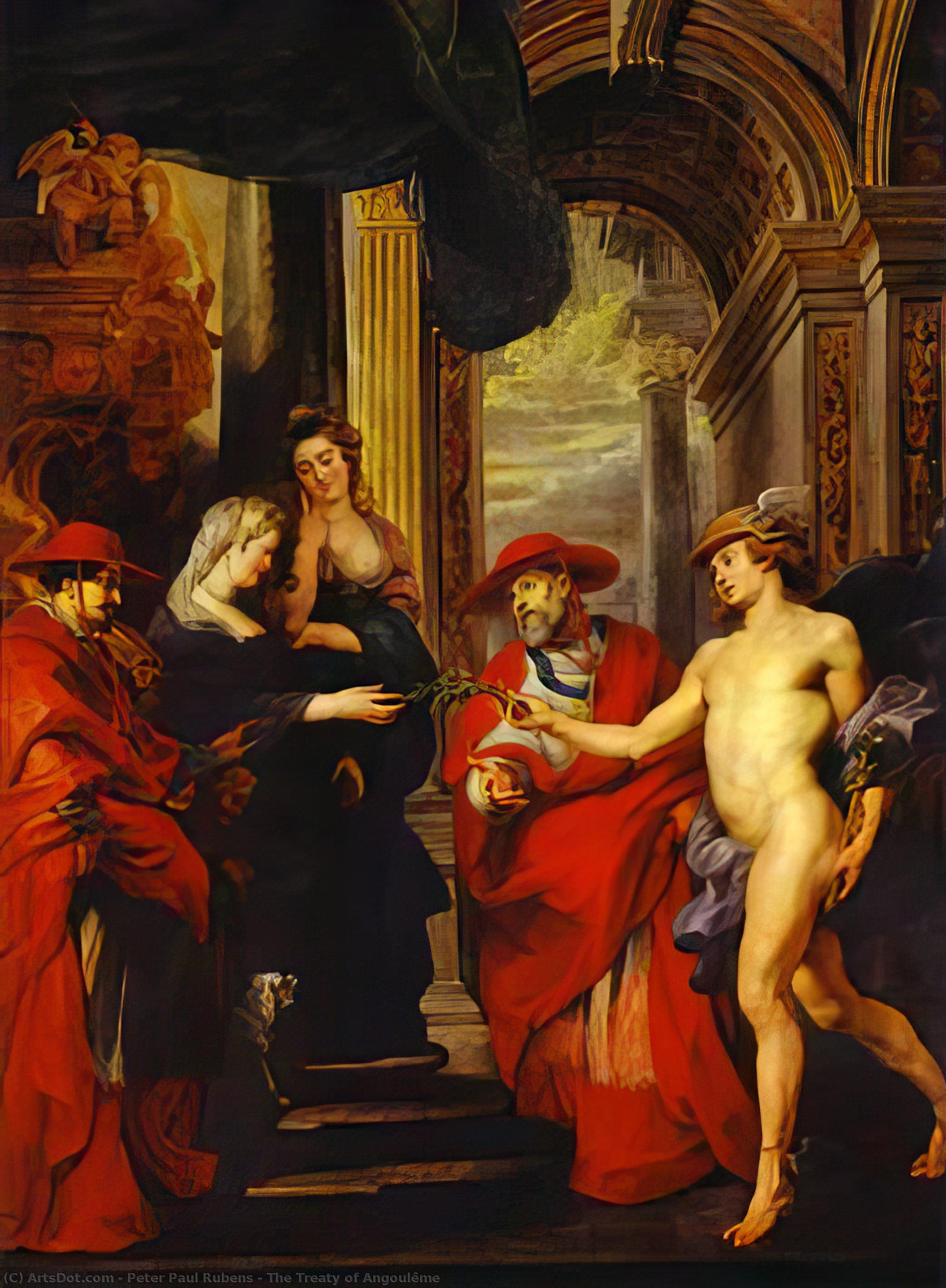
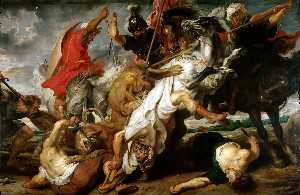
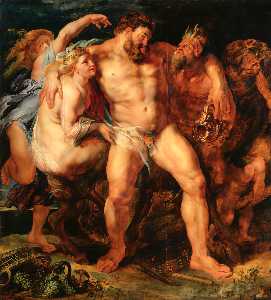
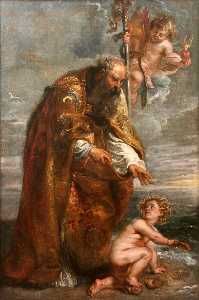

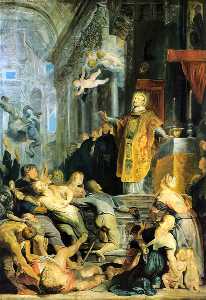

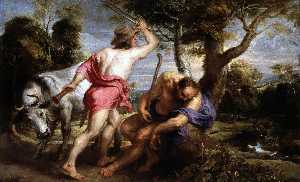
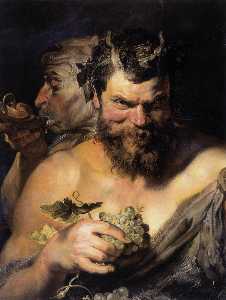
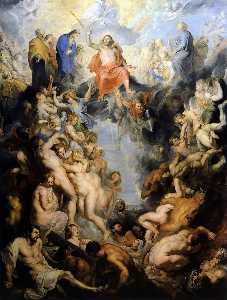
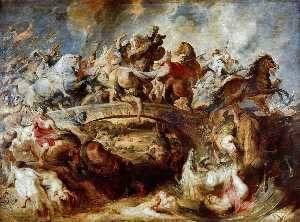
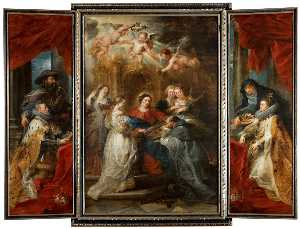
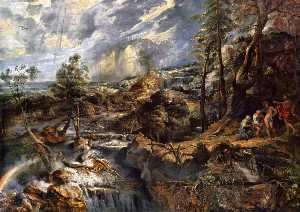

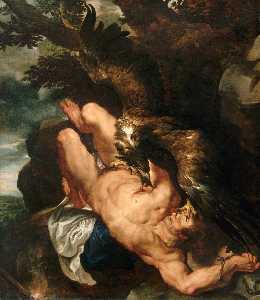
 Note that a few countries have copyright terms longer than 70 years: Mexico has 100 years, Colombia has 80 years, and Guatemala and Samoa have 75 years. This image may
not be in the public domain in these countries, which moreover do not implement the
Note that a few countries have copyright terms longer than 70 years: Mexico has 100 years, Colombia has 80 years, and Guatemala and Samoa have 75 years. This image may
not be in the public domain in these countries, which moreover do not implement the